F1 2020 is the next iteration of the yearly Formula One racing games (and, coincidentally, its previously delayed 2020 season began with the Austrian Grand Prix yesterday). F1 2020 brings a lot of flashy visuals alongside the series’ fierce competition, realistic systems, and punishing AI. How does it perform and what’s under the hood? Well, let’s find out in our technical review.
Note: For the game’s various modes, features, and overall presentation, you can check out our F1 2020 official review.
F1 2020: System requirements
Minimum:
- Requires a 64-bit processor and operating system
- OS: 64 bit Version of Windows 10
- Processor: Intel i3 2130 / AMD FX4300
- Memory: 8 GB RAM
- Graphics: Nvidia GT 640 / HD7750
- DirectX: Version 11
- Network: Broadband Internet connection
- Storage: 80 GB available space
- Sound Card: DirectX Compatible Soundcard
- Additional Notes: Requires a 64-bit processor and operating system
Recommended:
- Requires a 64-bit processor and operating system
- OS: 64 bit Version of Windows 10
- Processor: Intel i5 9600K / AMD Ryzen 5 2600X
- Memory: 16 GB RAM
- Graphics: Nvidia GTX 1660ti / RX590
- DirectX: Version 12
- Network: Broadband Internet connection
- Storage: 80 GB available space
- Sound Card: DirectX Compatible Soundcard
- Additional Notes: Requires a 64-bit processor and operating system
Author’s:
- OS: Windows 10 (64-bit)
- CPU: Intel Core i7-7700 4.2 GHz
- RAM: 16GB RAM
- GPU: Nvidia GeForce GTX 1070 Ti (8 GB)
- DirectX: Version 12
- Storage: Samsung SSD 860 EVO 500 GB
F1 2020‘s system requirements place me just slightly above the recommended specs. That’s probably the universe’s way of telling me to upgrade my rig once this pandemic is over. Moving on.
Graphics settings
You’ll see F1 2020‘s graphics settings below (take note of the in-game benchmark tool which we’ll get to later):
These are the options under video mode which includes FPS limits, anti-aliasing, and dynamic resolution and HDR if you’d like to enable those:
Lastly, here’s the advanced setup panel for F1 2020‘s graphics where you’ll find everything from lightning quality, shadows, post-processing effects, particle effects, crowd rendering, texture streaming, vehicle reflections, and more. There are five presets — ultra low, low, medium, high, and ultra high. Of course, you can still choose to customize each setting based on preference and to improve performance.
Graphics comparisons and benchmark/performance
Next up, let’s talk about F1 2020‘s in-game benchmark tool which you can run via the graphics options panel. The benchmark panel even has additional choices allowing you to pick the track, weather, number of laps, camera angle, and the FPS counter.
For F1 2020‘s tech review/graphics comparison, I chose the ultra high, medium, and ultra low presets at 4K UHD (3840x2160p) resolution. I selected Hungaroring (day/clear) as the track (single lap). You can also see the FPS counter at the top of the HUD. As usual, click on each image below for a larger view.
Starting the race
Cockpit view
A wide shot of the crowd
You’ll spot a lot of key differences based on the F1 2020 preset that you choose. Obviously, textures from car detail, liveries, decals, to the entire track and down to your driver’s gloves all look sharper and clearer at higher presets. Going below medium, meanwhile, would make even special effects such as smoke trails, tire tracks, and sparks disappear. Here’s an added bonus…
Rain/weather effects
Those are just for the ultra high vs. the ultra low preset while racing in Hanoi (one of two new tracks in F1 2020, the other being Circuit Zandvoort in the Netherlands). You’ll notice how the ultra low preset basically just looks like a drizzle whereas the ultra high preset will completely drench your POV. The latter definitely adds to that level of immersion (and challenge) as you navigate each circuit.
Benchmark results
In any case, let’s go back to the benchmark tests from the Hungaroring track:
Comparing the 4K presets, we can see a significantly higher average FPS when you go from ultra high to medium whereas going from medium to ultra low barely yielded benefits. Naturally, downscaling to 1080p yields the highest FPS all throughout even when using the ultra high preset.
The Nvidia GTX 1070 Ti isn’t really the best GPU when trying to push for smooth, 60+ FPS 4K gaming. However, even if an average of 51 FPS might be a bummer, I do feel that the extra levels of immersion and visual fidelity more than make up for it.
Control settings
Below, you’ll see the control settings for F1 2020. First up are your keyboard binds (which you can change):
Next, it’s your gamepad layout (which can also be customized):
You’ve also got calibration settings for deadzones and sensitivity:
As well as those for vibration to really feel every twist, turn, and bump:
Unfortunately, I no longer have my old steering wheel peripheral. If you do have one, Codemasters notes that the racing wheels you used in F1 2019 will still be supported for this year’s iteration of the franchise.
Audio settings
You’ll see F1 2020‘s audio settings below:
The common options include volume, subtitles, and push-to-talk. Still, you can switch to be muted (by default) while playing multiplayer matches. Additionally, you can tweak dynamic range (full range, limited range, or night time mode), and lower the frequency of your race engineer Jeff’s stream of comments and warnings.
Camera settings
The camera settings can also be changed via the main menu or during F1 2020‘s season modes and various sessions:
Tobii Eye Tracking is also supported if you have that device:
Network and multiplayer
As for F1 2020‘s multiplayer features, I wasn’t able to play online as of the time of this writing. The lobbies were empty prior to the game’s release.
I did, however, get to play split-screen/local multiplayer (LAN connections are likewise supported). You can hook up two controllers or a controller and a keyboard (where the latter will likely lose the race).
Likewise, you can sign up for RaceNet to get an additional car livery and driver suit. You can use an alternate email if you want, but you do need to access it to verify your account in order to obtain the cosmetics.
F1 2020: At a technical glance
F1 2020 has a slew of options and settings for you to tweak and adjust to find that optimal performance for your machine (both your vehicle in-game and your PC). Featuring support for various peripherals and customization options down to the most minute detail, it becomes a racing sim aficionado’s playground.
Graphically, F1 2020 manages to dazzle with its eye-popping visuals and weather effects, especially on the highest settings. As for the audio, there were a few minor hiccups that were quite rare. Overall, though, I heard the roar of the crowd, the clap of thunder and downpour of rain, the screeching of tires, and the full blast of engines revving. It’s as immersive as it gets and it’s all dependent on your preferences.
F1 2020′s standard edition releases via Steam on July 10, and you can purchase it for $59.99. Those who purchase the Deluxe Schumacher Edition for $69.99, meanwhile, can start playing on July 7.
For the game’s various modes and overall presentation, you can check out our F1 2020 official review.

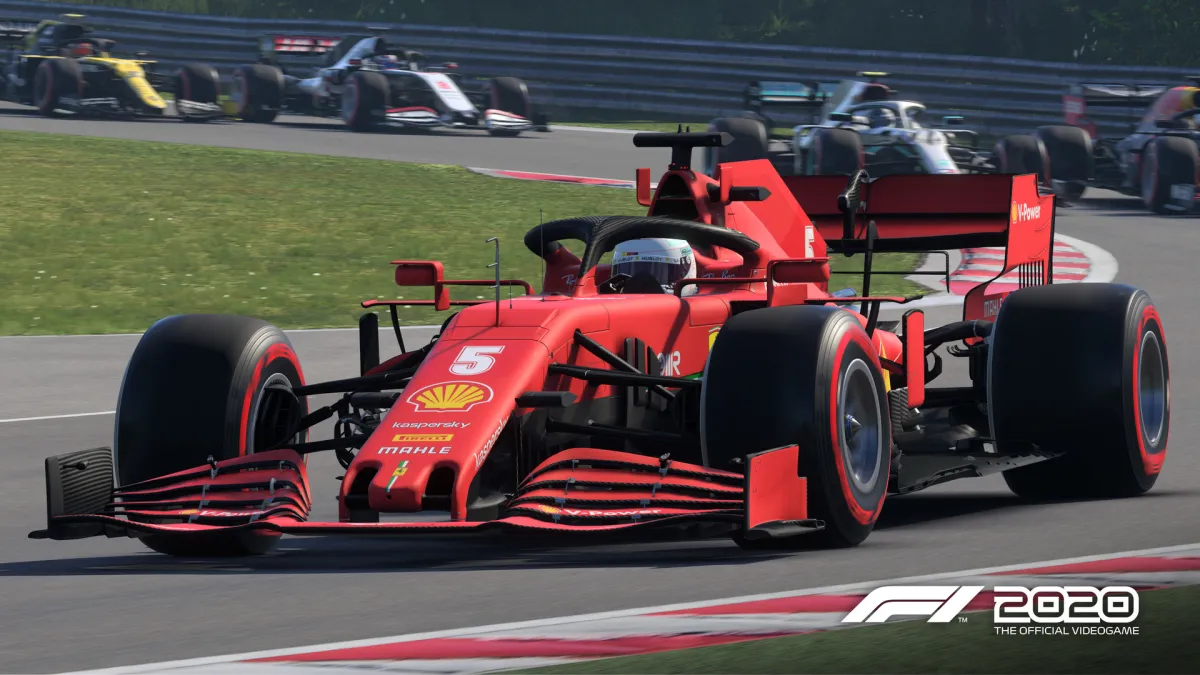
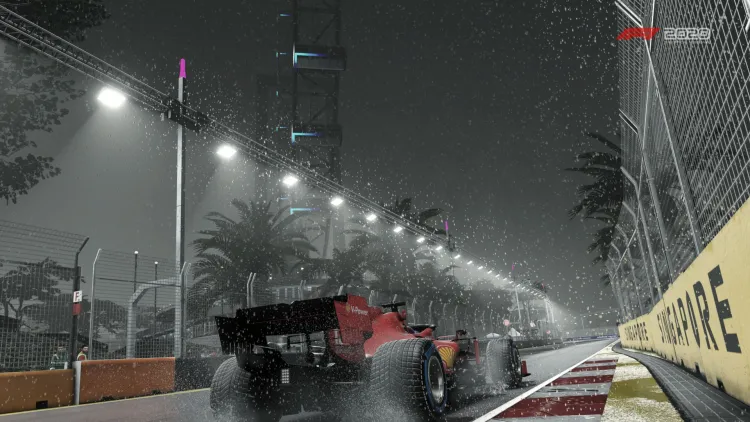
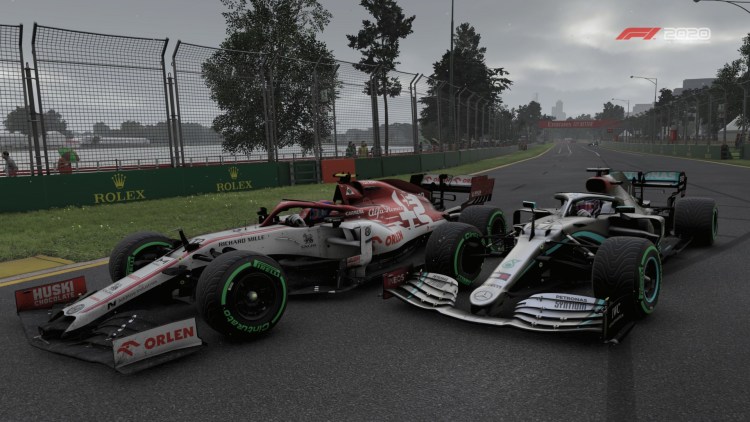
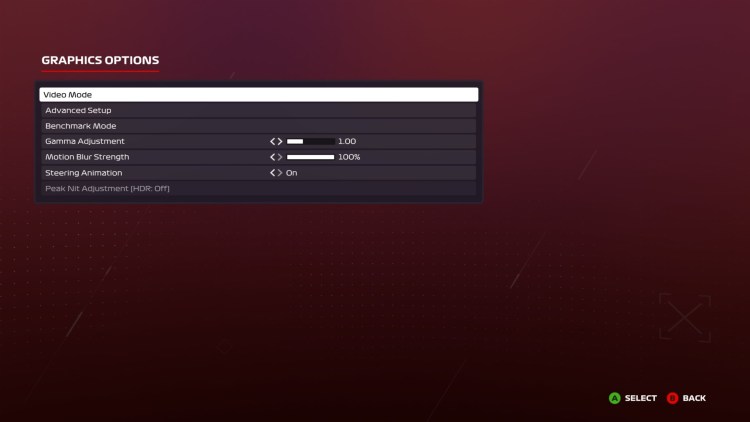
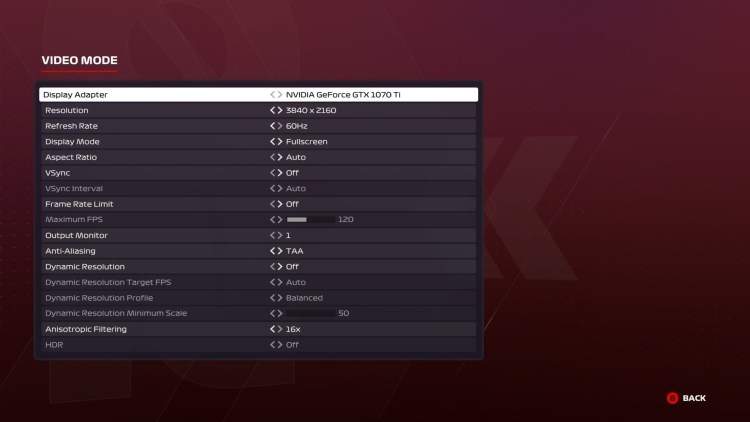
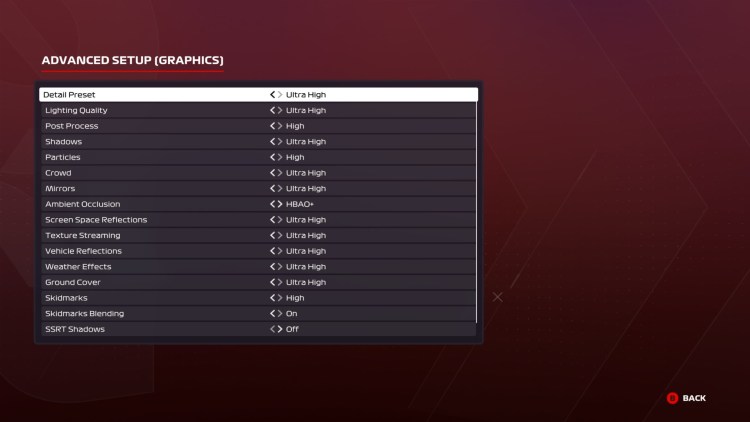
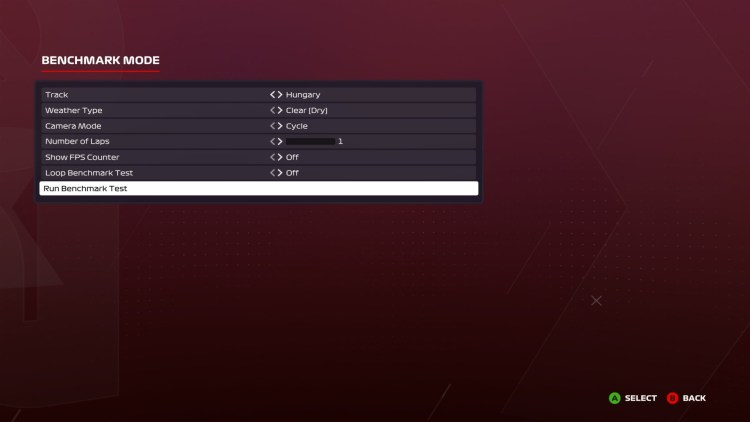
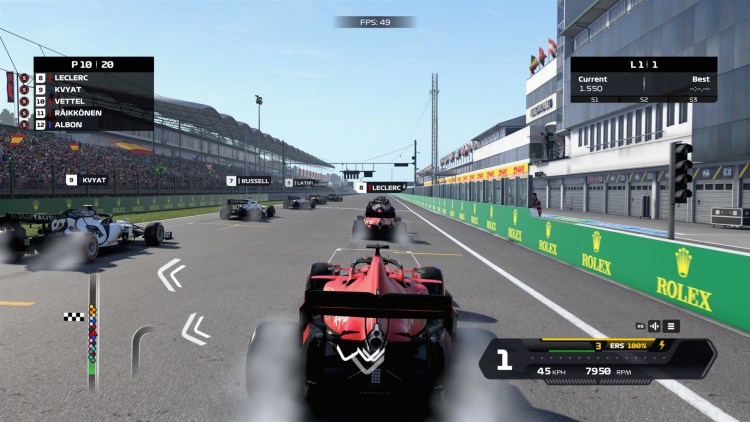
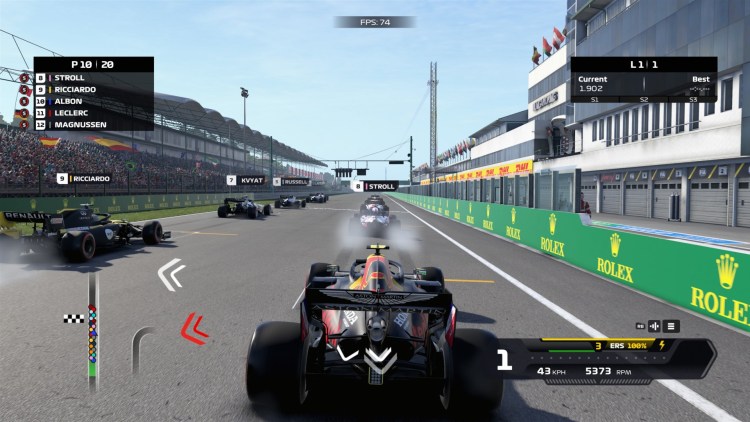
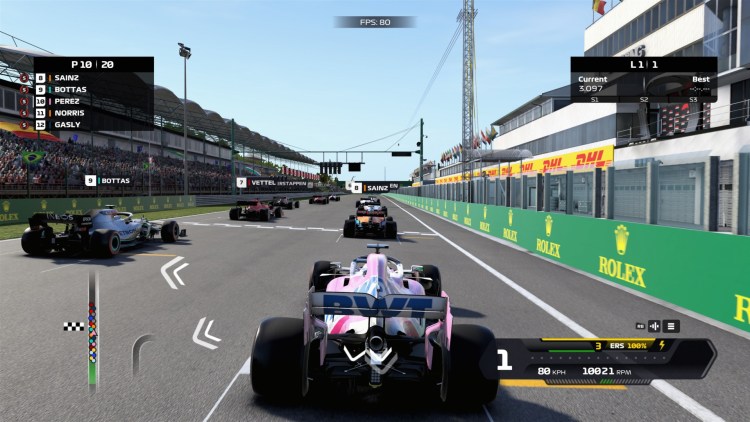
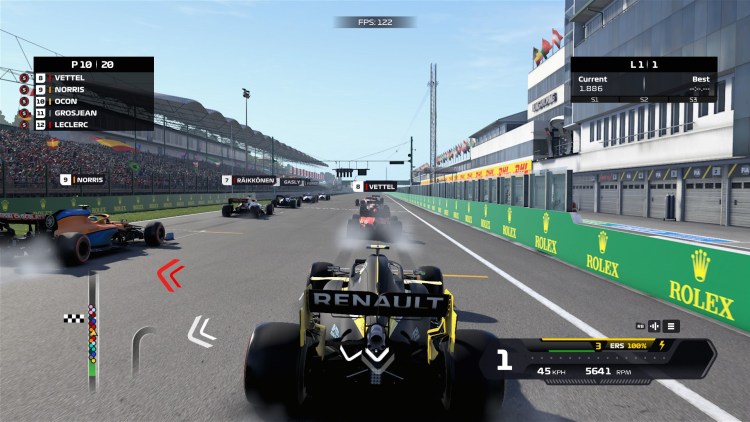
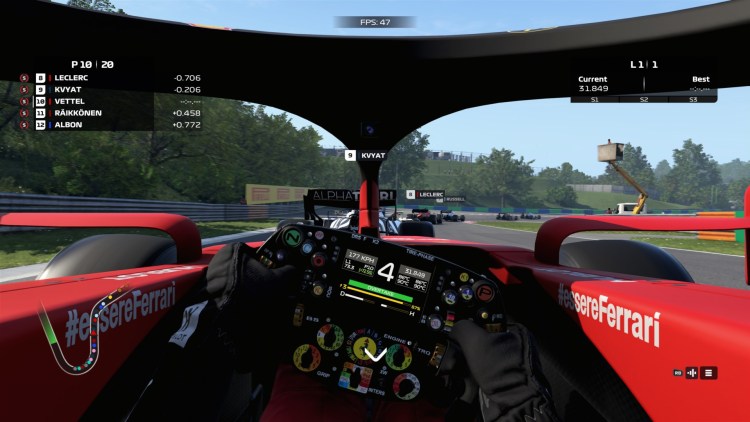
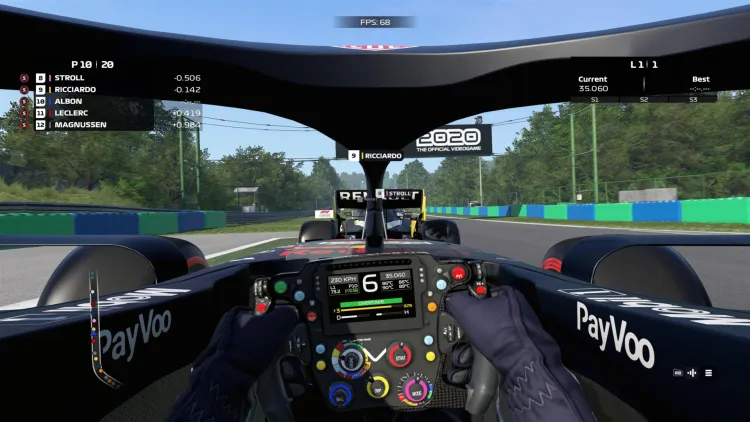
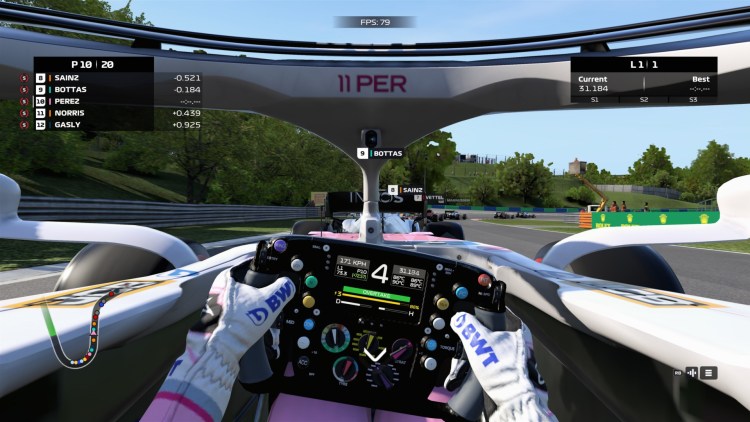
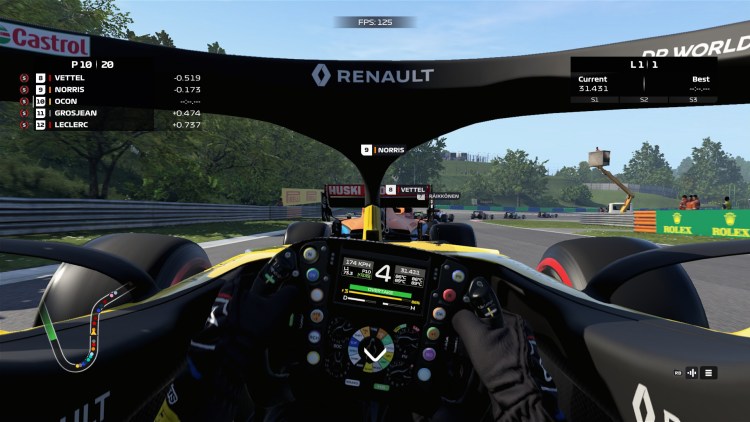
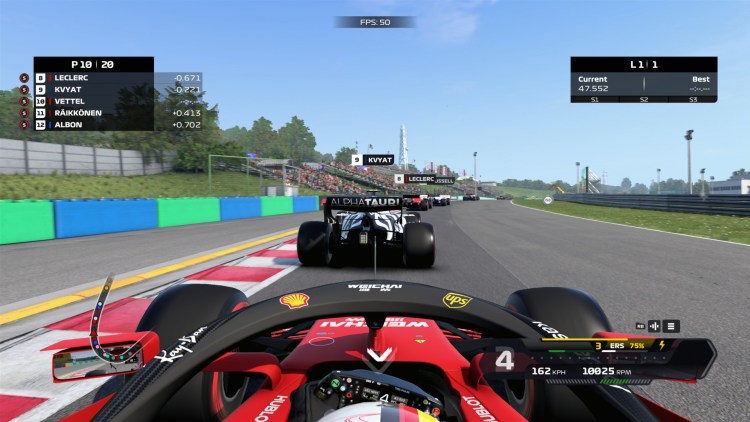
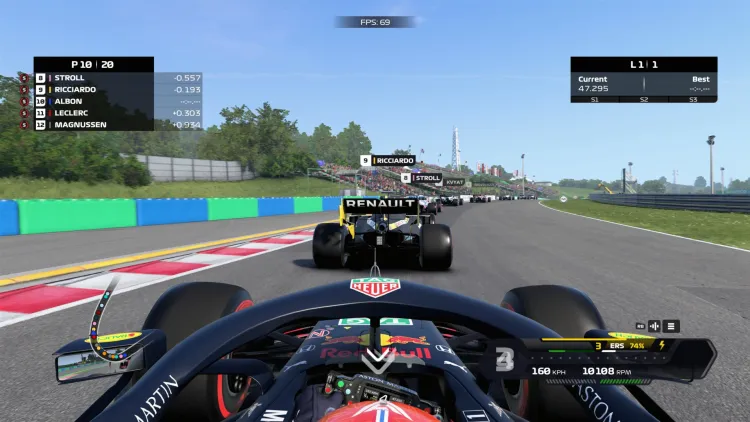
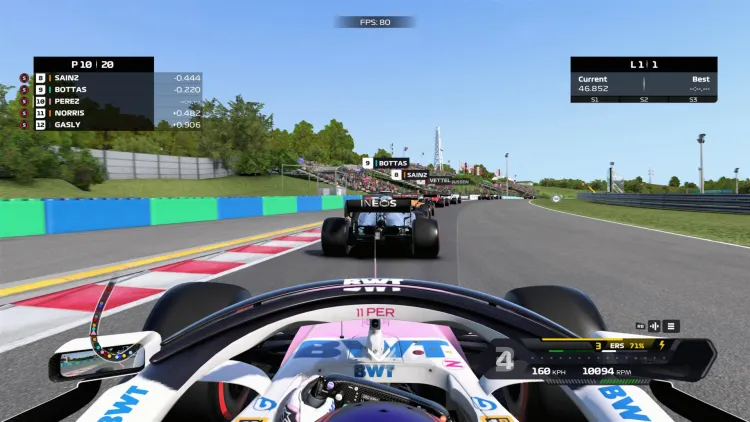
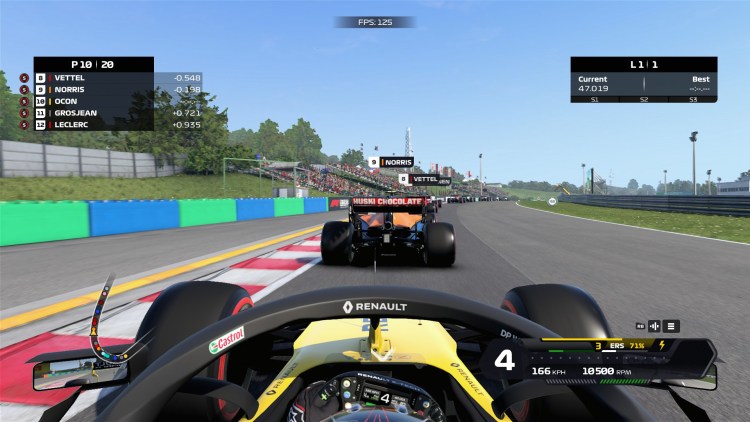
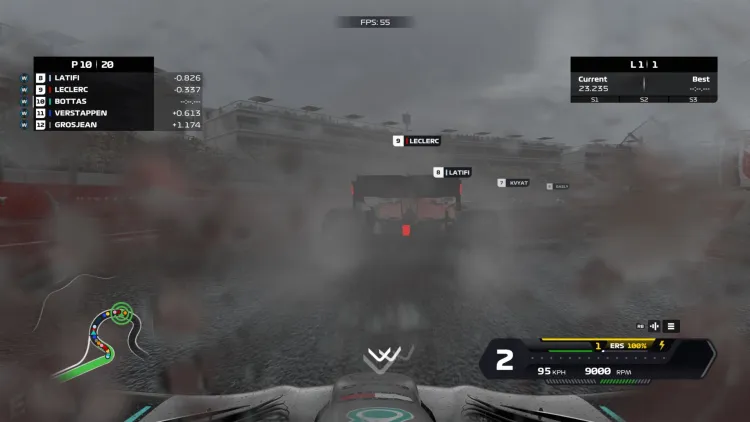
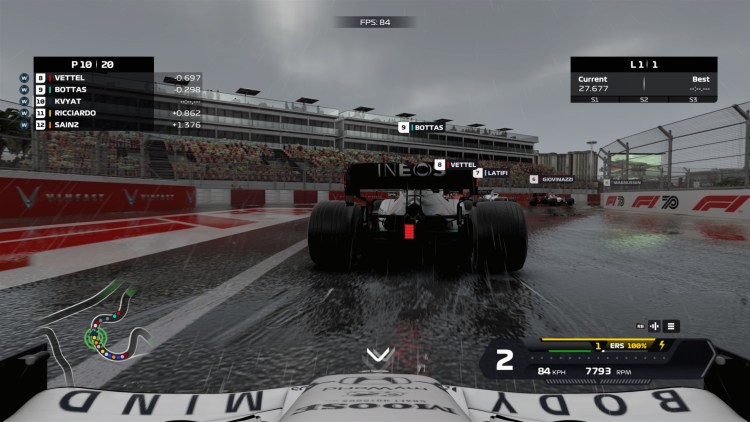
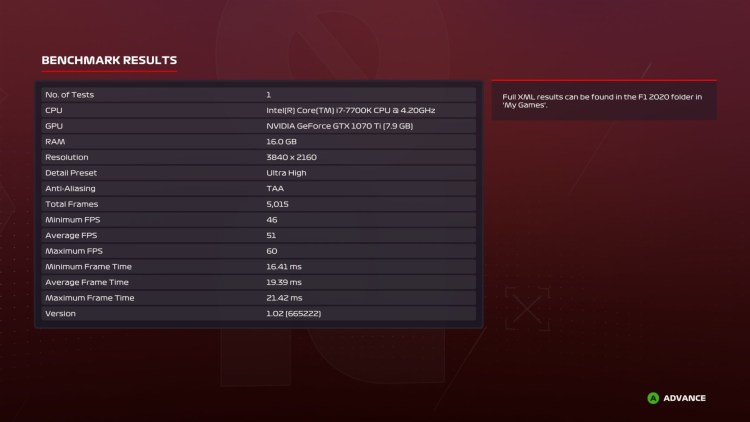
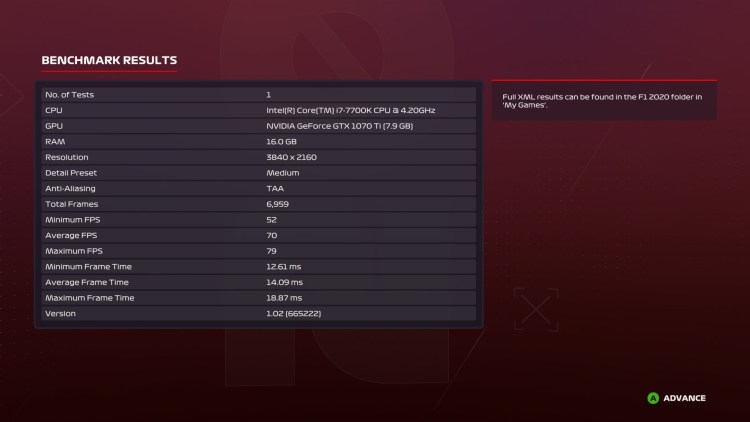
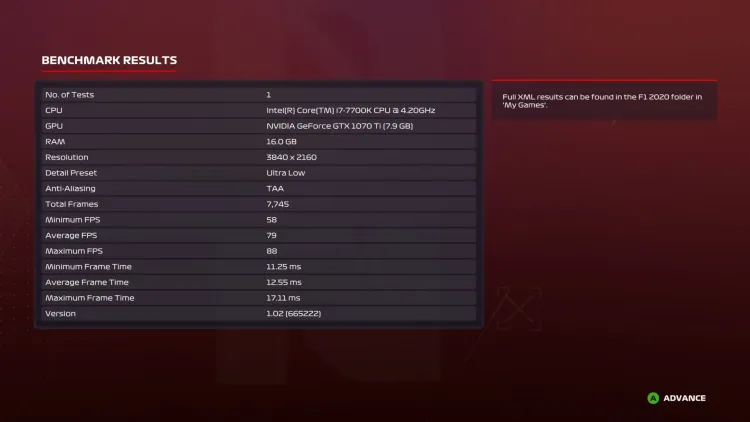
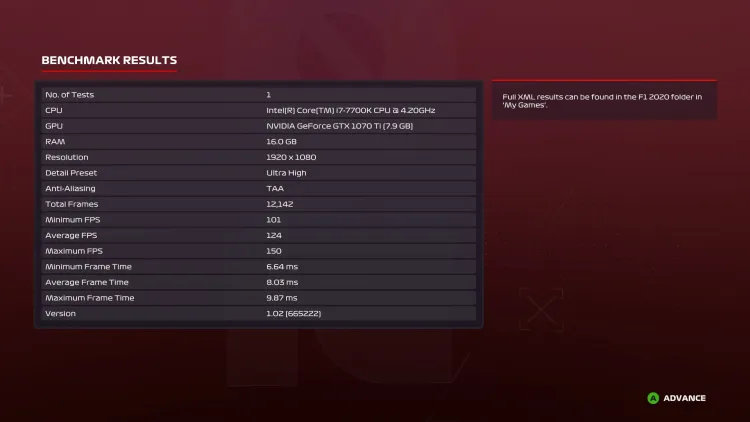
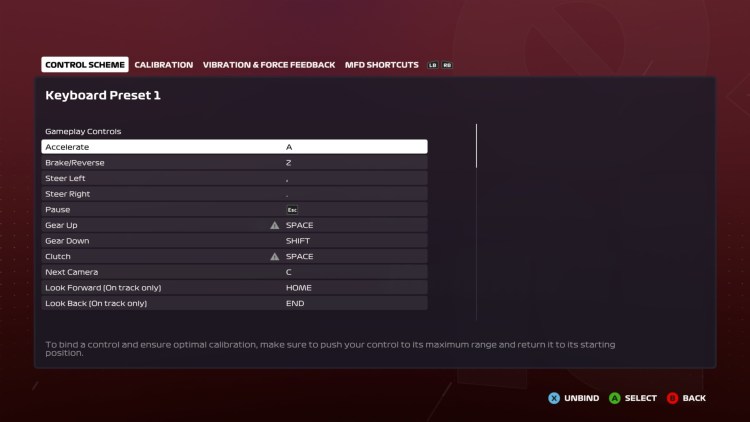
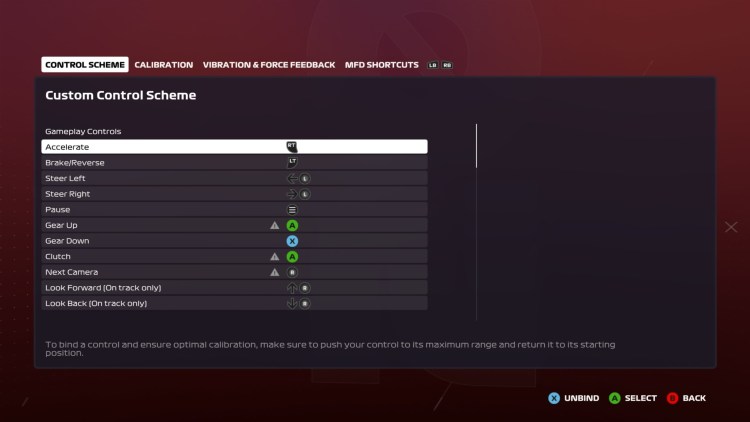
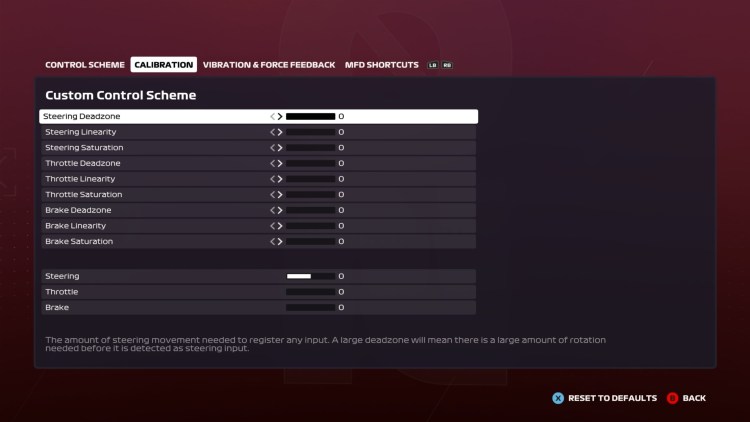
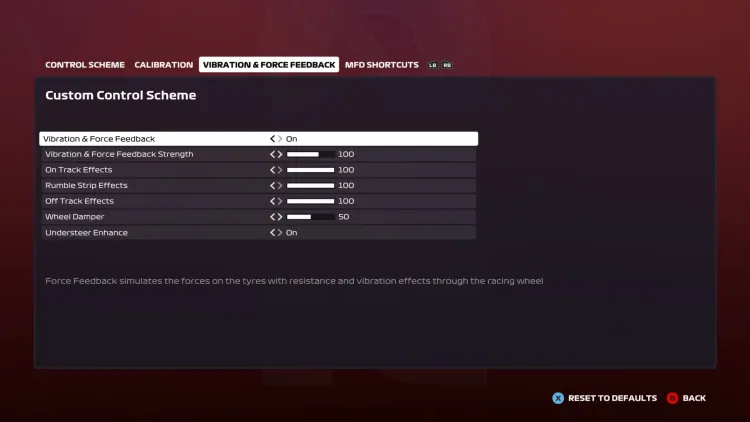
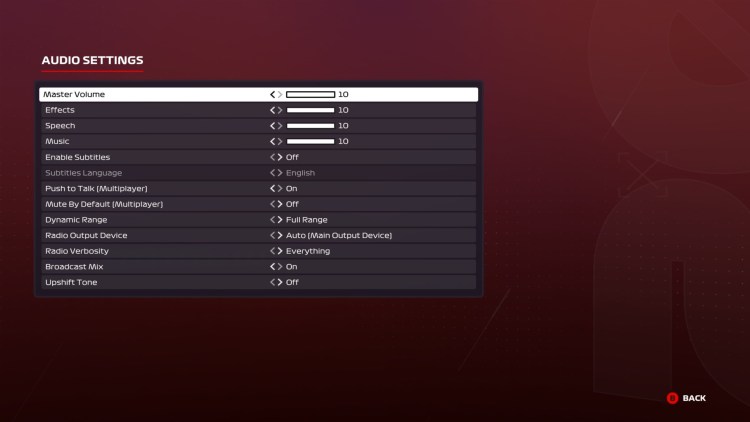
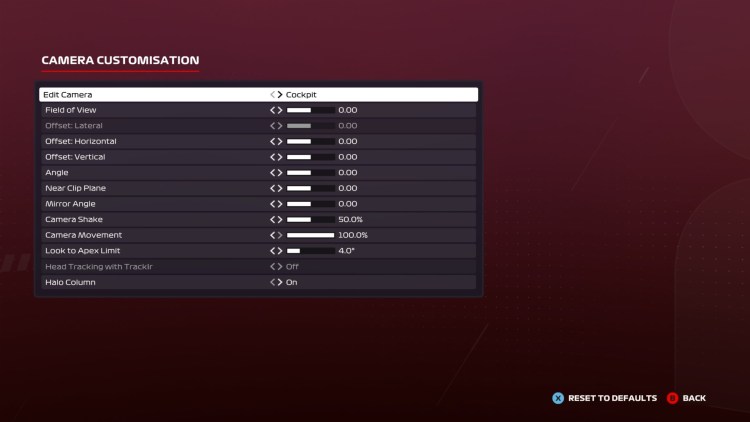
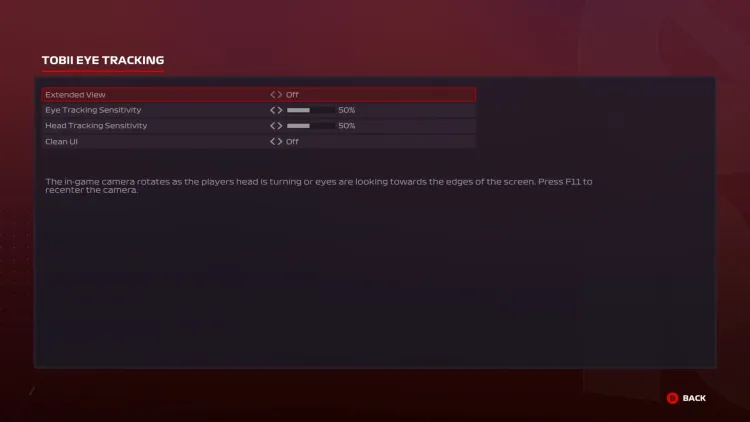
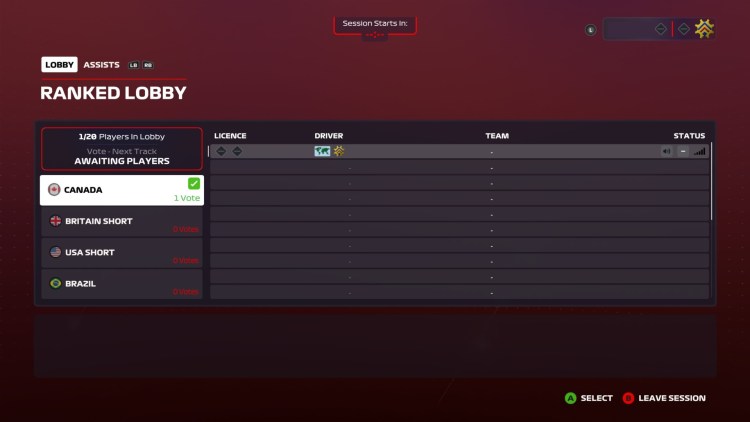
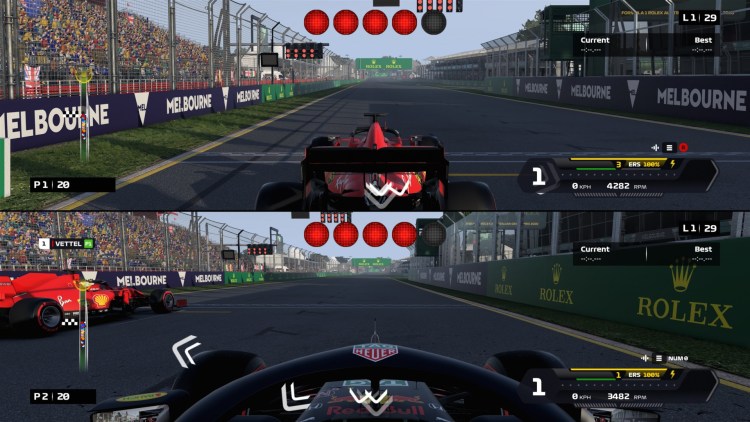
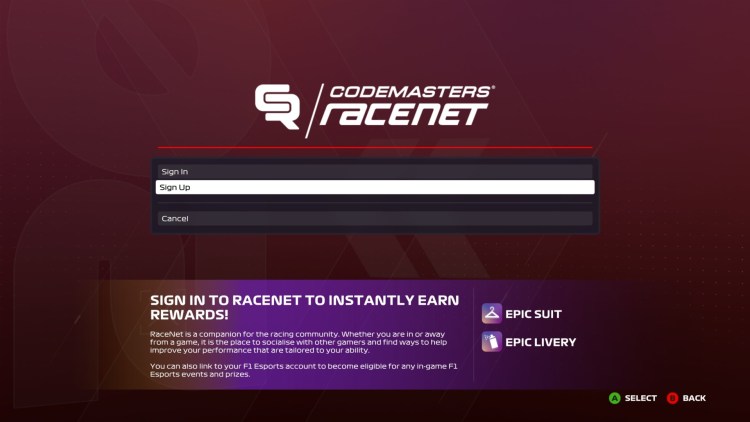
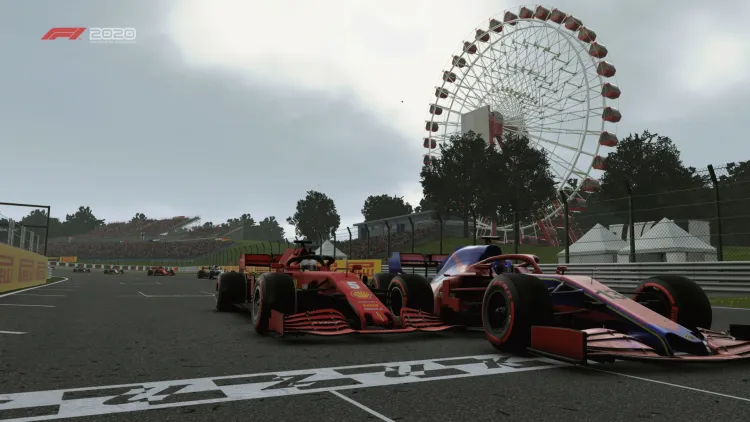
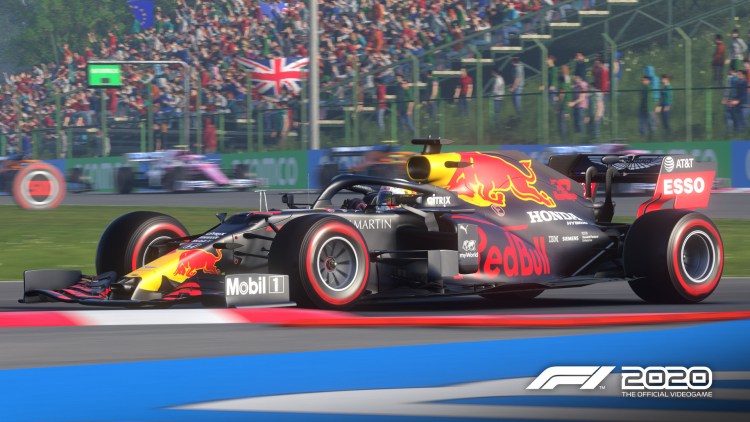





Published: Jul 6, 2020 04:15 am